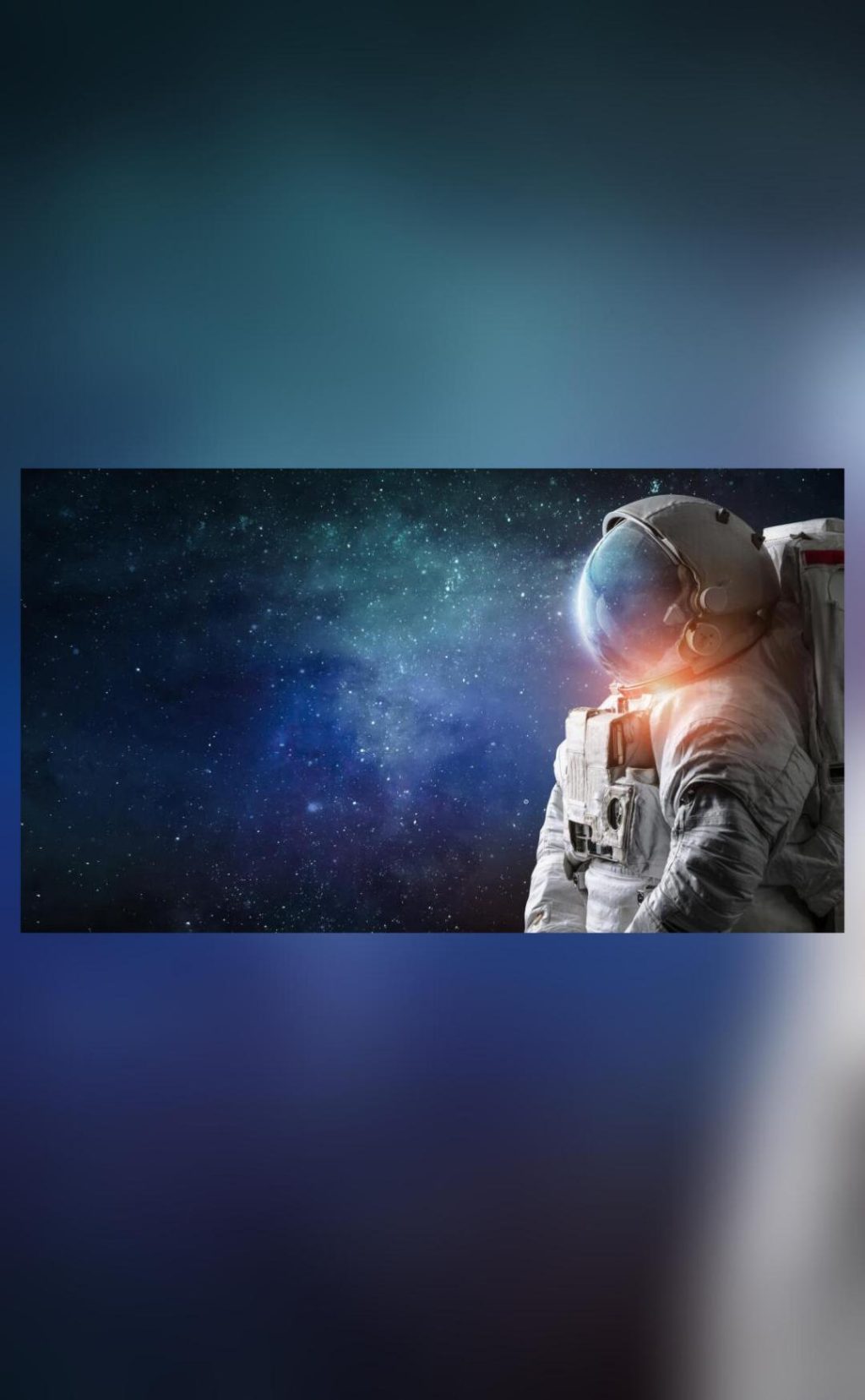
Google & NASA Create AI Medical Assistant for Mars Missions
As humans continue to push the boundaries of space exploration, ensuring the health and well-being of astronauts on long-duration missions remains a top priority. With this in mind, NASA and Google have collaborated to create an AI-powered medical assistant designed to keep space travelers healthy during their time on Mars and other celestial bodies. Dubbed the Crew Medical Officer Digital Assistant (CMO-DA), this innovative technology has the potential to revolutionize medical care in space.
The CMO-DA is a multimodal system that utilizes Google Cloud’s Vertex AI platform to process speech, text, and images. This cutting-edge AI assistant is capable of diagnosing and providing treatment recommendations for a range of medical conditions, including ankle injuries and ear pain. In tests, the CMO-DA demonstrated impressive diagnostic accuracy rates, with a 88% success rate for ankle injuries and an 80% success rate for ear pain.
The development of the CMO-DA is a significant milestone in the ongoing efforts to improve medical care in space. As NASA prepares for its ambitious plans to send humans to Mars in the coming years, the need for reliable and effective medical assistance has never been more pressing. With the CMO-DA, astronauts will have access to a sophisticated AI-powered medical assistant that can provide them with accurate diagnoses and treatment recommendations, even in the most remote and inaccessible regions of space.
But how does the CMO-DA work? According to NASA and Google, the system uses machine learning algorithms to analyze data from various sources, including medical records, patient feedback, and sensor data. This information is then used to generate a comprehensive diagnosis and treatment plan, which can be shared with medical professionals on Earth or other space travelers.
One of the key advantages of the CMO-DA is its ability to process speech, text, and images simultaneously. This allows the AI assistant to understand and respond to complex medical queries, even if they are presented in different formats. For example, if an astronaut experiences ear pain and provides a detailed description of their symptoms, the CMO-DA can use this information to generate a diagnosis and treatment plan.
In addition to its diagnostic capabilities, the CMO-DA is also designed to provide personalized treatment recommendations. Using data from patient records and medical research, the AI assistant can suggest interventions tailored to the specific needs of each astronaut. This could include medication, therapy, or other forms of treatment.
The development of the CMO-DA is a testament to the power of collaboration between NASA and Google. By combining their expertise in AI and space exploration, the two organizations have created a groundbreaking technology that has the potential to improve medical care in space.
In a statement, NASA’s Dr. David Kim, a senior researcher on the CMO-DA project, said: “The CMO-DA is a game-changer for medical care in space. It has the potential to revolutionize the way we provide medical assistance to astronauts on long-duration missions, and we’re excited to see where it takes us in the future.”
Google’s Dr. Marian Croak, a researcher on the project, added: “We’re proud to be working with NASA on this groundbreaking project. The CMO-DA is a testament to the power of AI and machine learning in improving medical care, and we’re excited to see how it can be used to benefit astronauts and medical professionals alike.”
As NASA prepares for its next-generation Mars missions, the CMO-DA will play a critical role in ensuring the health and well-being of astronauts on the Red Planet. With its advanced diagnostic capabilities and personalized treatment recommendations, this AI-powered medical assistant has the potential to make a significant impact on the future of space exploration.
Source:






